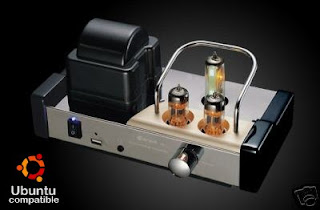
30/12/07 - Managed to cram 4 channels of 3875 amps into this little box. It's a two-tier setup. The whole system now sounds really great but I'm having problems with hum on the second pair of amp (pulling hair...). Also I don't know why the new pair runs hotter even though they are exact same design.

28/12/07 - Completed active crossover setup. Now I need a second pair of gainclones to make sure all frequency matched!

The active crossover is based on Rod Elliot design 'P09' with cutover freq. of 3.5kHz. Calculated C=39nF, R=820R






